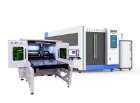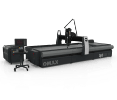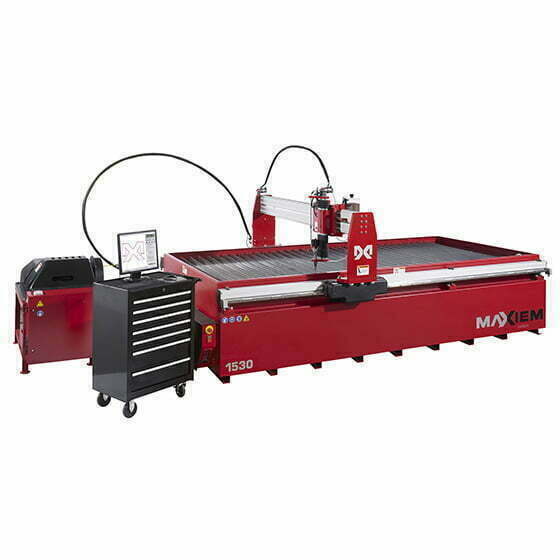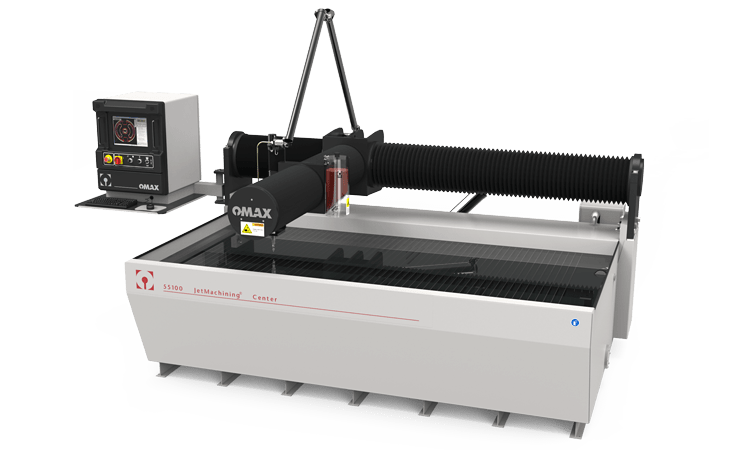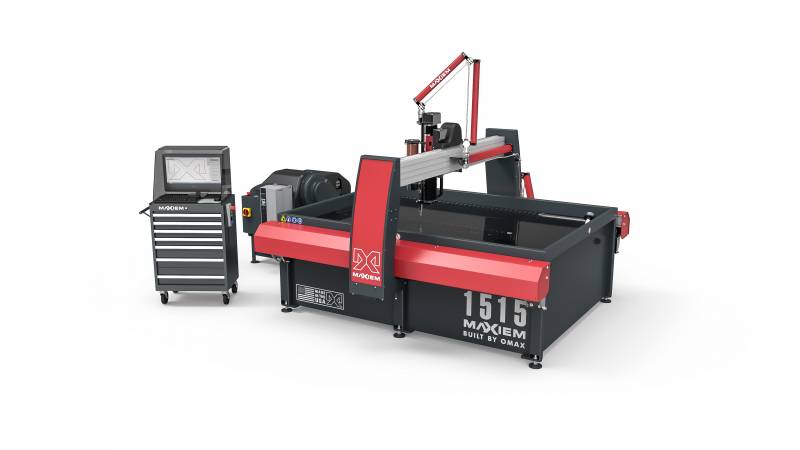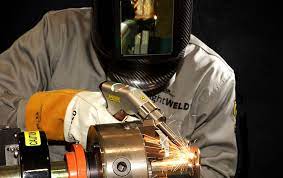
In the world of welding, innovation is key to achieving stronger, more precise, and efficient welds. The latest news on this front is bound to excite professionals and enthusiasts alike. The American Society of Mechanical Engineers (ASME) has made a groundbreaking update by incorporating schedule QW-358 into Section IX of its code for the Welding of Boilers and Pressure Vessels. What makes this update so special? It recognizes the significance of handheld laser welding, specifically IPG Light WELD technology, and the tremendous potential it holds for various industries.

Understanding ASME Section IX and Schedule QW-358
ASME Section IX is a widely recognized standard for welding and brazing qualifications. It provides guidelines and procedures for ensuring the quality and integrity of welds in boilers, pressure vessels, and other critical components. With the incorporation of schedule QW-358, ASME acknowledges the importance of manual laser beam welding and the advanced capabilities it offers.
Schedule QW-358 outlines the requirements for qualification of manual laser beam welders, including the welding process, equipment setup and calibration, and the specific weld test procedure. It also covers the required documentation, such as the Welder Qualification Test Record (WQTR) and the Welding Procedure Specification (WPS).

The Role of IPG Light WELD Technology
IPG Light WELD, developed by IPG Photonics, is a leading player in the field of laser welding technology. Its unique features make it an ideal choice for various applications, especially when precision and quality are paramount.
Key benefits of IPG Light WELD technology include
1. High Precision:
IPG Light WELD technology delivers precise, accurate, and repeatable welds, thanks to its advanced laser beam delivery system, real-time power control, and automatic focus adjustment. This precision ensures that the weld joints are strong and durable, reducing the likelihood of defects or failures.
2. Flexible Welding Parameters:
IPG Light WELD technology allows for a wide range of welding parameters, such as power, pulse duration, and focus spot size. This flexibility makes it possible to weld various metals and thicknesses, including dissimilar metals, with minimal heat input and distortion.
3. Designed with Unique Safety Features:
IPG Light WELD Laser welding technology is designed with unique safety features on the market, ensuring the protection of operators and work environments and is designed for safe and ergonomic operation.
4. Efficient and Cost-Effective:
IPG Light WELD technology is energy-efficient, with low power consumption and high beam quality, resulting in reduced operating costs and maintenance. It also eliminates or reduces the need for consumables such as filler wire and shielding gas.
5. High Speed and Productivity:
IPG LightWELD is capable of high welding speeds, which can significantly increase productivity in manufacturing processes. This is especially beneficial for high-volume production environments.
Repeatability and Process Consistency: With IPG LightWELD, manufacturers can trust in the consistency of their welds, reducing variability and streamlining quality control.
Applications of IPG Light WELD Technology
IPG Light WELD technology has a wide range of applications in various industries, such as aerospace, automotive, medical, and energy. Some of the typical applications are:
Laser Welding of Thin and Thick Sheets: IPG Light WELD technology can weld thin and thick sheets of metal, such as aluminum, titanium, mild steel, stainless steel, galvanized steel, copper with precision and quality. This makes it suitable for aerospace applications like the welding of fuel tanks or the fabrication of engine components.
Precision Laser Welding of Medical Devices: IPG Light WELD laser welding technology can weld small and intricate medical devices, such as stents, with high precision and quality, which is essential for their functionality and safety.
Laser Welding of Automotive Components: IPG Light WELD technology can weld various automotive components, such as exhaust systems or fuel injectors, with high quality and efficiency, ensuring proper functionality and reducing emissions.
The incorporation of schedule QW-358 into ASME Section IX is a significant move that recognizes the importance of handheld laser welding, specifically IPG Light WELD technology. This recognition ensures that welders and plant managers can confidently use this advanced technology for a wide range of applications in various industries. IPG Light WELD Laser Welding technology’s high precision, flexibility, safety, and cost-effectiveness make it a game-changer in the world of welding and open new doors for innovation and progress.
Sources:

